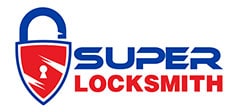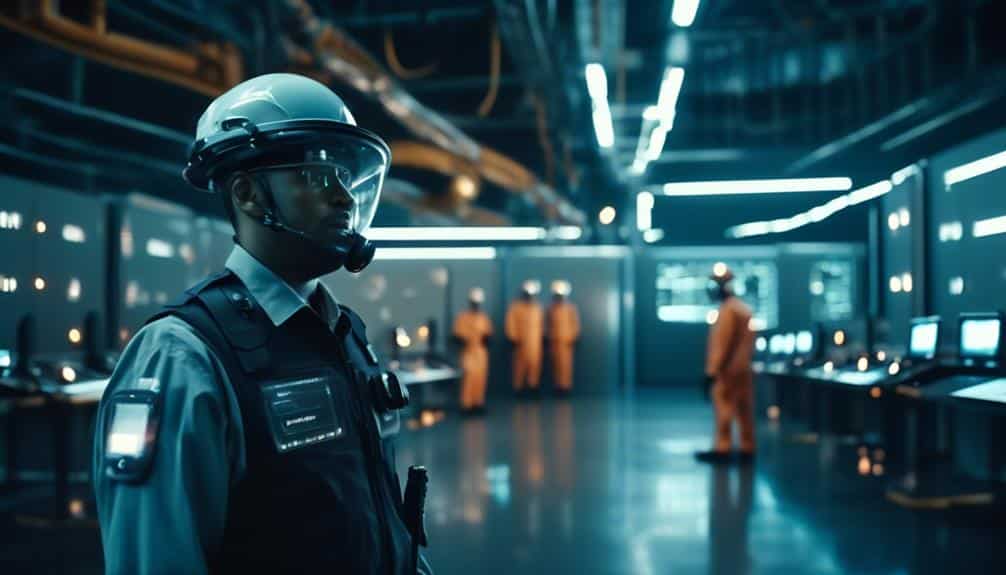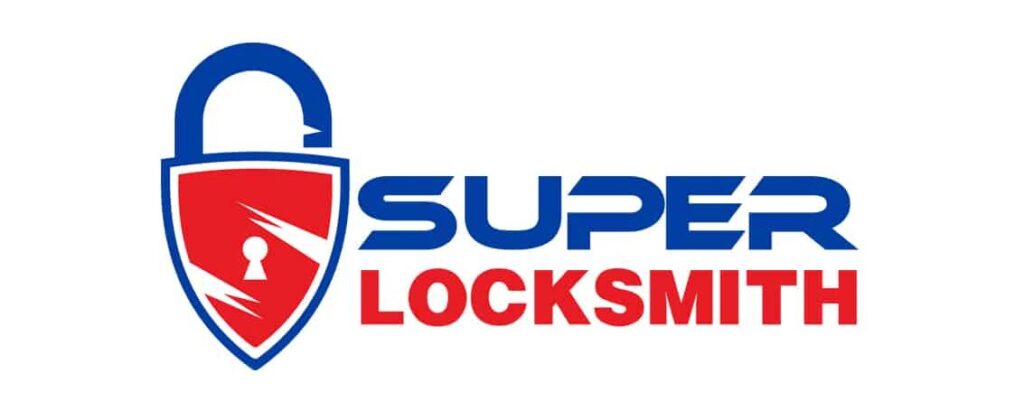In today's ever-evolving world, where security threats are becoming increasingly sophisticated, it is imperative that industrial facilities prioritize the enhancement of their security and access control systems.
As we navigate through the intricate labyrinth of security measures, one rhetorical question arises: are we truly equipped to combat the ever-present dangers that lurk within our industrial facilities?
Join us on this journey as we explore the benefits of master key systems, the components that make them efficient, and the best practices for their security.
Together, let us unlock the path to enhanced security and access control, leaving no door unguarded and no threat unaddressed.
Benefits of Master Key Systems
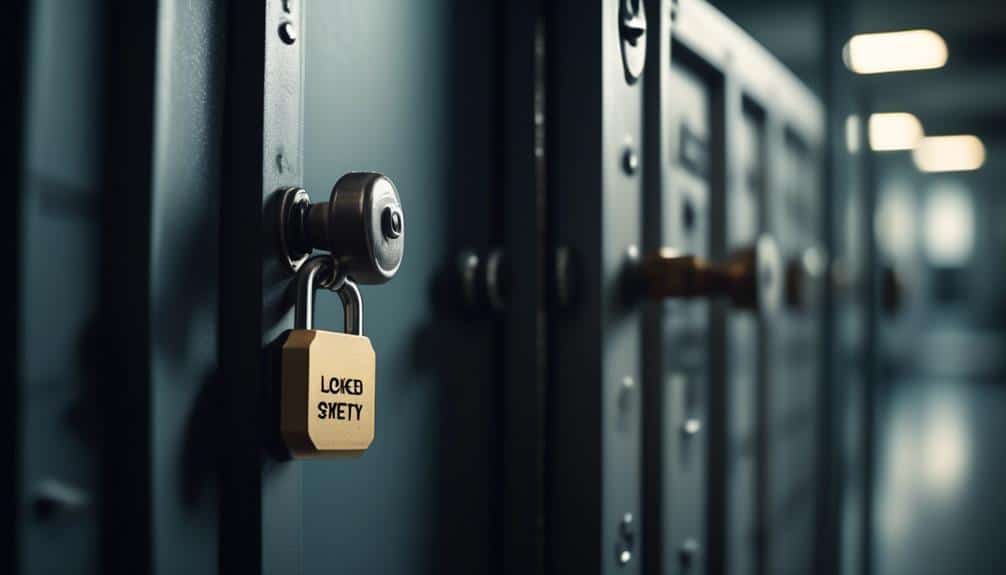
One of the key benefits of implementing master key systems is the enhanced security and access control they provide in industrial facilities. Master key systems offer numerous advantages that can greatly improve the overall security of an industrial facility.
Firstly, master key systems allow for a hierarchical access control structure. With the use of a master key, facility managers can have access to all areas of the facility, while granting limited access to specific areas for other employees. This ensures that only authorized personnel can enter restricted areas, reducing the risk of theft, vandalism, or unauthorized access.
Additionally, master key systems simplify key management. Instead of carrying multiple keys, employees can use a single key to access multiple areas within the facility. This not only reduces the risk of lost or stolen keys but also streamlines the process of granting or revoking access to different areas.
Furthermore, master key systems provide increased convenience. Employees no longer need to carry bulky keychains or remember multiple key combinations. This saves time and effort, allowing them to focus on their tasks more efficiently.
Components of a Master Key System
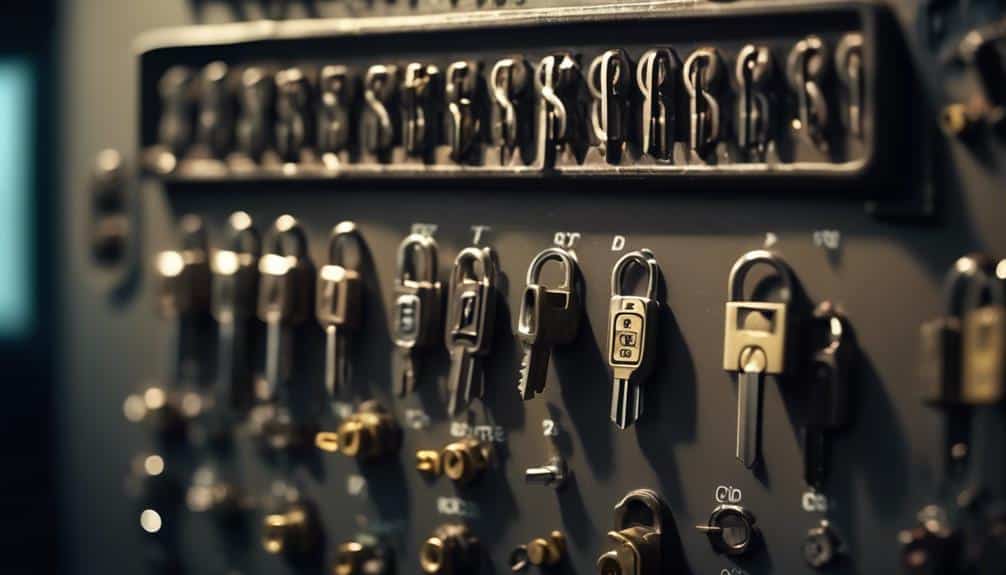
Now let's explore the components that make up a master key system.
These include key types and functions, which determine the level of access granted to each key.
Key hierarchy and management establish the structure and organization of the system.
Key control measures ensure the security and accountability of the keys.
Understanding these components is crucial in designing and implementing an effective and efficient master key system for industrial facilities.
Key Types and Functions
Key types and functions are essential components of a master key system used for security and access control in industrial facilities. Here are four key types and their functions:
- Master Key: This key provides access to all locks within a facility, allowing for convenient management and control.
- Change Key: Also known as a sub-master key, this key is designed to operate a specific group of locks within a facility, providing access to designated areas.
- Grand Master Key: This key is used to access multiple master key systems within a larger complex, such as different buildings or departments.
- Keyless Entry: With advancements in technology, keyless entry systems have become popular in industrial facilities. These systems use keycards, biometrics, or electronic keypads to grant access, eliminating the need for physical keys.
Understanding the different key types and their functions is crucial for implementing an effective security and access control system in industrial facilities.
Key Hierarchy and Management
To effectively manage and control access to different areas within an industrial facility, a key hierarchy system is implemented as part of the overall security and access control strategy.
Key hierarchy refers to the organization and classification of keys based on their levels of access. This system ensures that only authorized personnel have access to specific areas, while also allowing for efficient key management.
Key rotation is an essential aspect of key hierarchy, where keys are periodically changed or updated to enhance security. This practice prevents unauthorized individuals from gaining access through lost or stolen keys.
Additionally, key auditing is crucial for maintaining the integrity of the key hierarchy system. Regular audits help identify any discrepancies or vulnerabilities in the system, allowing for prompt corrective actions to be taken.
Implementing a well-designed key hierarchy and management system is vital for enhancing security and access control in industrial facilities.
Key Control Measures
A well-designed master key system incorporates key control measures to ensure effective security and access control in industrial facilities. To achieve this, key control procedures and key management solutions must be in place. Here are four key control measures that can be implemented:
- Key identification: Each key should be labeled with a unique identifier to easily identify its purpose and authorized users.
- Key issuance and return: A log should be maintained to document the issuance and return of keys, ensuring accountability and tracking of key movements.
- Key duplication restrictions: Strict policies should be in place to control the duplication of keys, preventing unauthorized copies from being made.
- Key access restrictions: Access to key storage areas should be limited to authorized personnel only, reducing the risk of unauthorized key access.
Designing a Customized Master Key System
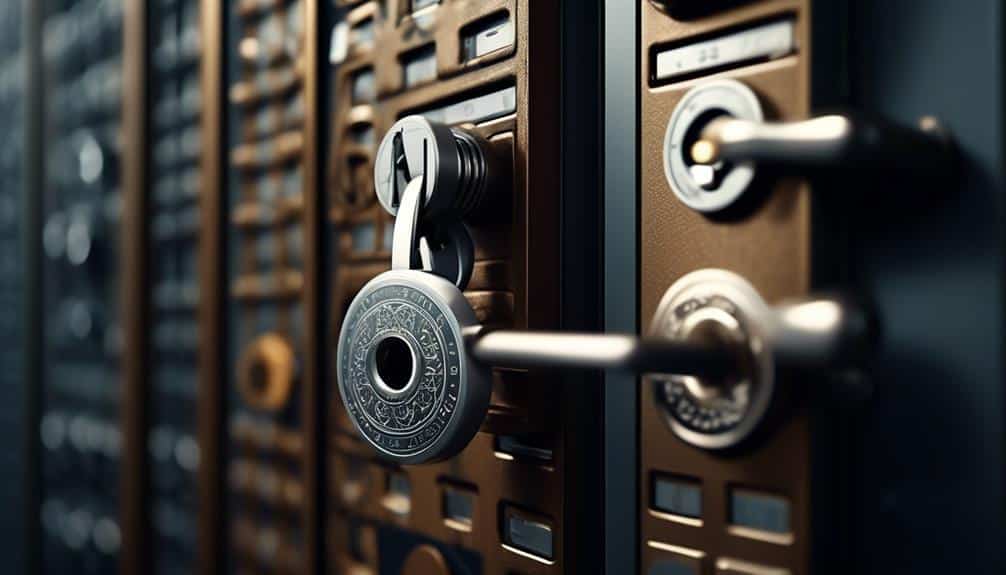
When designing a customized master key system, it's important to consider key hierarchy for control and key duplication restrictions.
By establishing a clear hierarchy, we can ensure that access is granted based on specific levels of authority.
Implementing key duplication restrictions will help prevent unauthorized copies from being made, enhancing the overall security of the system.
Key Hierarchy for Control
Designing a customized master key system involves establishing a hierarchical structure to control and manage access within industrial facilities. To create a key hierarchy for control, the following strategies can be implemented:
- Master Key: At the top of the hierarchy, the master key provides access to all areas within the facility. This key is usually held by high-level personnel responsible for overall security.
- Sub-Master Keys: These keys grant access to specific sections or departments within the facility. They're held by managers or supervisors responsible for those areas.
- Zone Keys: Zone keys limit access to designated zones within the facility. They're held by authorized personnel within those zones.
- User Keys: User keys are assigned to individual employees and provide access to their workstations or designated areas only.
Key Duplication Restrictions
To further enhance the security measures of the customized master key system, implementing key duplication restrictions is crucial in preventing unauthorized access within industrial facilities.
Key duplication regulations play a vital role in ensuring that only authorized personnel have the ability to duplicate keys. By implementing these regulations, organizations can effectively control the distribution and replication of keys, minimizing the risk of unauthorized duplication.
Additionally, utilizing key tracking software can provide real-time visibility and accountability for all keys within the system. This software allows facility managers to monitor key usage, track key holders, and generate reports on key activities.
Implementing a Master Key System in Industrial Facilities
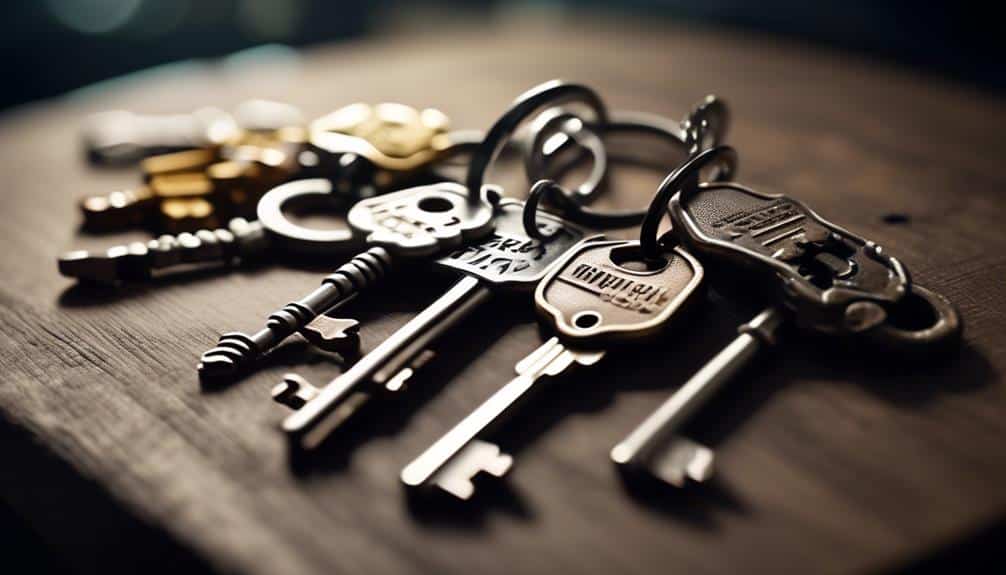
Implementing a master key system offers several key benefits for industrial facilities. These benefits include simplified access control, enhanced security, flexibility and scalability, and improved key management efficiency.
- Simplified access control: With a master key system, facility managers can easily manage access rights and restrict unauthorized entry. Each keyholder is assigned a unique key that grants them access to specific areas while the master key allows access to all areas. This simplifies the process of granting and revoking access permissions, reducing administrative burdens.
- Enhanced security: A master key system ensures that only authorized personnel can access sensitive areas within the facility. By limiting the number of keys in circulation and employing advanced key control measures, the risk of unauthorized duplication or use of keys is minimized. This strengthens security and reduces the possibility of breaches or theft.
- Flexibility and scalability: Industrial facilities often have numerous access points and a diverse range of security needs. A master key system provides the flexibility to customize access levels for different users, allowing for efficient management of multiple areas and minimizing the number of keys required. Additionally, the system can be easily expanded or modified as the facility's security requirements evolve.
- Key management efficiency: Implementing a master key system improves key management processes by providing a centralized system for key control and tracking. Key duplication can be restricted, and lost or stolen keys can be quickly replaced without compromising security. This helps save time and resources while ensuring a robust access control system.
Maintaining and Upgrading Master Key Systems
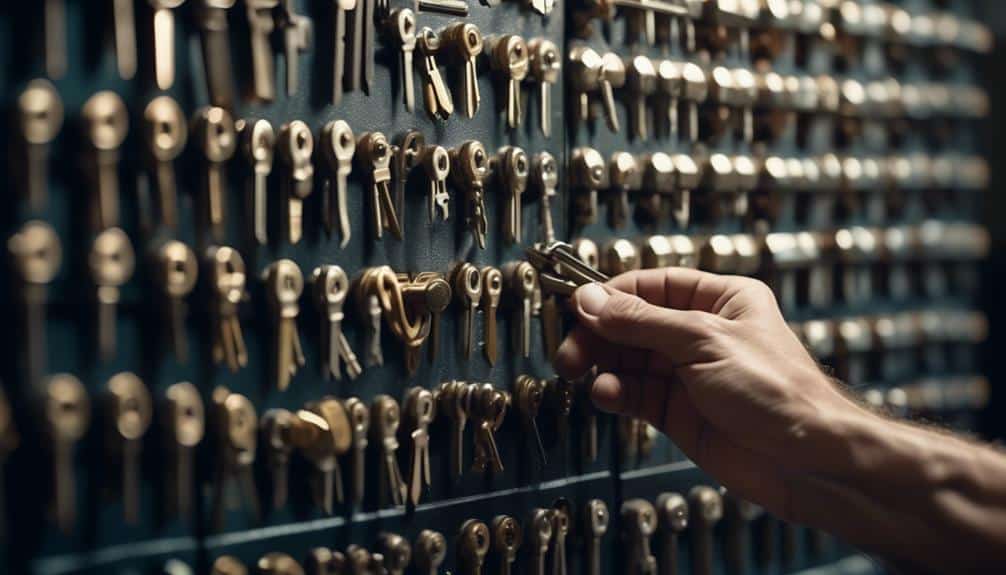
Maintaining and upgrading master key systems is crucial for ensuring ongoing security and efficient access control in industrial facilities. As technology advances, it becomes necessary to upgrade keyless entry systems and keyless access control to keep up with the evolving security needs.
One way to enhance security is by implementing advanced keyless entry systems that offer improved authentication methods, such as biometric identification or encrypted access cards. These systems provide an additional layer of security, making it harder for unauthorized individuals to gain access to restricted areas.
Upgrading keyless access control also allows for better management and monitoring of access rights. With modern systems, facility managers can easily revoke access privileges or grant temporary access to specific individuals, reducing the risk of unauthorized entry.
To ensure the smooth operation of master key systems, regular maintenance is essential. This includes routine inspections, testing, and lubrication of mechanical components. It's also important to update access control software regularly to address any security vulnerabilities and take advantage of new features or improvements.
Best Practices for Master Key System Security
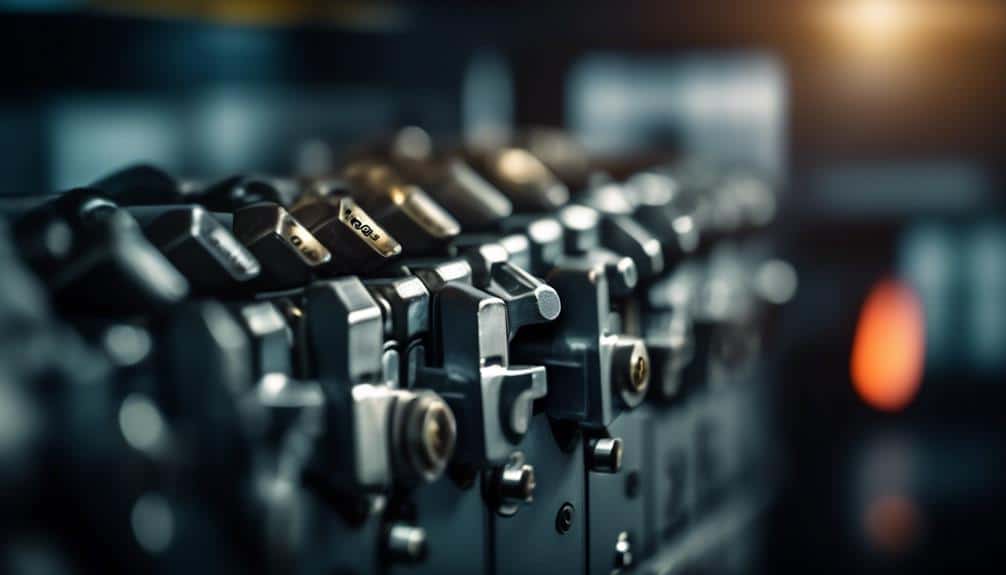
Ensuring robust security for master key systems requires implementing a comprehensive set of best practices. To mitigate master key system vulnerabilities and ensure effective maintenance, the following practices are recommended:
- Restricted Access: Limit the number of individuals who possess master keys and restrict access to key duplication services. This helps prevent unauthorized duplication and access to sensitive areas.
- Key Control Procedures: Implement strict control measures, such as secure key management systems and key tracking logs, to monitor the movement and usage of master keys. Regular audits should be conducted to identify any discrepancies or misuse.
- Regular Maintenance: Perform routine inspections and maintenance on master key systems to identify and address any potential vulnerabilities. This includes checking for signs of wear, ensuring proper alignment of key pins, and promptly replacing damaged or compromised keys.
- Employee Training: Provide comprehensive training to employees on the importance of key security and the proper handling of master keys. This includes educating them on potential vulnerabilities and the appropriate procedures for reporting lost or stolen keys.
Frequently Asked Questions
Can a Master Key System Be Easily Compromised or Hacked?
Yes, a master key system can be easily compromised or hacked. The vulnerabilities in such systems can expose organizations to significant security risks. Hackers can exploit weak encryption protocols, duplicate keys, or gain unauthorized access through key duplication services.
This compromises the integrity of the entire access control system, leaving industrial facilities vulnerable to theft, sabotage, or unauthorized entry.
It's crucial to implement robust security measures to mitigate these risks and enhance the overall security and access control in industrial facilities.
Are There Any Legal or Regulatory Requirements for Implementing a Master Key System in Industrial Facilities?
There are legal requirements and regulatory compliance measures that must be considered when implementing a master key system in industrial facilities. These requirements ensure that the security and access control measures are in line with industry standards and regulations.
It's essential to comply with these legal requirements to maintain the safety and integrity of the facility. By implementing a master key system that meets these standards, industrial facilities can enhance their overall security and access control.
How Long Does It Typically Take to Design and Implement a Customized Master Key System?
Designing and implementing a customized master key system can vary in terms of timeline. Factors such as the size and complexity of the facility, as well as the specific requirements and security needs, can impact the duration of the process. However, on average, it typically takes several weeks to several months to complete the design and implementation of a customized master key system.
This timeline allows for thorough planning, coordination, and testing to ensure optimal security and access control in industrial facilities.
Is It Possible to Integrate a Master Key System With Other Security Systems in the Facility, Such as Surveillance Cameras or Biometric Access Control?
Yes, it's possible to integrate a master key system with other security systems in the facility, such as surveillance cameras or biometric access control. This integration allows for a seamless and comprehensive approach to security and access control.
By connecting the master key system to surveillance cameras, it becomes easier to monitor and track access to different areas. This can help in identifying any unauthorized access or suspicious activities. For example, if someone tries to use a master key to gain access to a restricted area, the surveillance cameras can capture the event, making it easier to investigate and take appropriate action.
Additionally, biometric integration with the master key system adds an extra layer of security by verifying the identity of individuals before granting access. Biometric access control systems can use unique physical characteristics, such as fingerprints or iris patterns, to authenticate individuals. When integrated with a master key system, this ensures that only authorized personnel can use the master key to access different areas.
What Are the Potential Risks or Drawbacks of Maintaining and Upgrading a Master Key System in an Industrial Facility?
When considering the potential risks and drawbacks of maintaining and upgrading a master key system in an industrial facility, there are several factors to consider. These include:
- Compromises in security
- Potential legal requirements
- The implementation timeline
- Integration possibilities with other security systems
It's essential to carefully assess these aspects to ensure the effectiveness and efficiency of the master key system while mitigating any potential risks or drawbacks.
